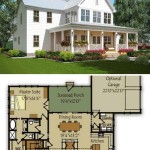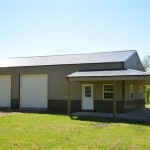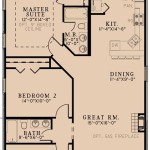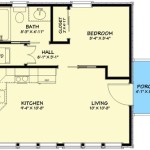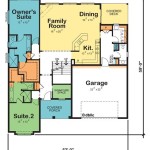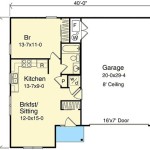Finding Your Floor Plan by Address: A Comprehensive Guide
Locating the floor plan for a property, particularly after purchase or during renovation planning, can be a challenging task. While readily available for new constructions, floor plans for older homes are often elusive. However, various resources and strategies can be employed to uncover these valuable documents. This article provides a comprehensive overview of methods for finding a floor plan by address, exploring both physical archives and digital databases.
One of the primary reasons for needing a floor plan is to understand the layout and dimensions of a property. This information is crucial for various purposes, including interior design, renovation projects, furniture placement, and even for insurance assessments. A floor plan can also reveal hidden potential within a space, allowing homeowners to visualize modifications and improvements. Furthermore, in the context of property sales, access to floor plans can significantly enhance marketing materials and provide potential buyers with a clear understanding of the property's structure.
The process of searching for a floor plan by address often involves a multi-faceted approach. It's rarely a single resource that provides the desired document. Instead, a combination of contacting local authorities, exploring online databases, and even consulting with previous owners or contractors might be necessary. The success rate depends on factors such as the age of the property, the record-keeping practices of local governing bodies, and the diligence of past documentation.
Consulting Local Government Archives
Local government entities, particularly the building department or planning department, are often the first and most reliable source for accessing property records, including floor plans. When a building is constructed or undergoes significant renovations, detailed plans are typically submitted to these departments for approval. These plans are then archived and made accessible to the public, although access may be subject to certain restrictions and fees.
The process of accessing these records typically involves submitting a formal request to the relevant department. This request should include the property address and a clear explanation of the information being sought. It's beneficial to be as specific as possible, indicating that you are looking for architectural plans, floor plans, or building permits. Some municipalities offer online portals where records can be searched and downloaded directly, while others require an in-person visit to the archives.
It's important to understand that the availability of floor plans varies depending on the age and history of the property. Older properties may not have detailed plans on file, particularly if they were constructed before modern record-keeping practices were implemented. Additionally, even if plans exist, they may be incomplete or outdated, reflecting only the original construction or a specific renovation period. In such cases, it may be necessary to supplement the official records with other sources of information.
When contacting local government archives, it's helpful to inquire about any associated fees for accessing and copying documents. Many departments charge a fee for each page of a plan that is copied, and there may also be fees for research time if the staff is required to locate the documents. It's also important to clarify the format in which the plans are available. They may be in paper format, microfilm, or digital format, and the department may have specific requirements for how copies can be obtained.
Beyond the building and planning departments, other local government entities that may hold relevant records include the tax assessor's office and the county recorder's office. The tax assessor's office may have information about the property's dimensions and layout for assessment purposes, while the county recorder's office may have copies of deeds or other documents that reference the property's structure. While these sources may not provide a detailed floor plan, they can offer valuable clues and insights into the property's history and physical characteristics.
Exploring Online Databases and Resources
In addition to local government archives, numerous online databases and resources can be useful in the search for a floor plan. These resources range from public record websites to real estate portals and even specialized databases dedicated to architectural plans. While the availability and accuracy of information varies, these online resources can provide a convenient starting point for the search.
Real estate websites often include floor plans as part of their property listings. If the property has been recently sold or listed for sale, it's worth checking these websites to see if a floor plan is available. Even if the property is not currently listed, archived listings may still be accessible through these websites or through specialized real estate data providers. It’s important to note that these floor plans may not always be entirely accurate or up-to-date, but they can provide a general overview of the property's layout.
Public record websites, such as those maintained by county governments or commercial data providers, can also offer access to property records online. These websites may include building permits, property tax records, and other documents that contain information about the property's structure. While a complete floor plan may not always be available, these records can provide valuable clues about the property's dimensions, room layouts, and any past renovations. Access to these records may require a subscription or a fee for each document retrieved.
Specialized architectural databases, such as those maintained by universities or historical societies, may contain floor plans of notable buildings or properties of historical significance. These databases are typically focused on specific architectural styles or periods, and they may not include every property. However, if the property is located in a historic district or is of architectural interest, it's worth checking these databases to see if any relevant plans are available.
Another online resource to consider is historical mapping websites. These websites often provide access to historical maps and atlases that show the layout of properties and neighborhoods over time. While these maps may not provide a detailed floor plan, they can offer insights into the property's original structure and any changes that have been made over the years. These maps can be particularly useful for researching older properties or those located in areas with a rich historical context.
Contacting Previous Owners and Professionals
When traditional sources fail to yield a floor plan, reaching out to previous owners or professionals involved with the property can be a viable alternative. Previous owners may have retained copies of the original floor plans or have insights into renovations and alterations that were made to the property. Architects, contractors, and real estate agents who have worked on the property in the past may also possess valuable information or documentation.
Locating previous owners can be challenging, but various strategies can be employed. Public record searches, social media platforms, and even contacting neighbors can provide leads. When reaching out to previous owners, it's important to be respectful and explain the purpose of the inquiry. Clearly articulate the need for the floor plan and offer to compensate them for their time and effort in locating and sharing the document. It's important to be aware of privacy concerns and avoid requesting any sensitive information beyond the floor plan itself.
Contacting architects and contractors who have worked on the property can also be a fruitful avenue. Building permits often list the names of the architects and contractors involved in the project. Even if the permits don't contain the floor plan itself, contacting these professionals might lead to the discovery of the original plans or other related documents. Similar to contacting previous owners, it's important to be respectful and explain the purpose of the inquiry. Offering to compensate them for their time and effort may also increase the likelihood of a positive response.
Real estate agents who have previously listed or sold the property may also have access to floor plans. These agents often retain marketing materials, including floor plans, for a certain period of time. Contacting the real estate agencies that have handled the property in the past may lead to the discovery of a floor plan that was used for previous sales. Again, explaining the purpose of the inquiry and offering to compensate them for their time and effort can be beneficial.
In situations where no existing floor plans can be found, consider hiring a professional to create a new one. Architects, draftspeople, and even some home inspectors can provide this service. They will measure the property and create a detailed floor plan based on their observations. This option can be particularly useful for older properties or those that have undergone significant renovations and alterations that are not reflected in any existing records.

9 Ways To Find Floor Plans Of An Existing House Archid

Archimple Finding Building Plans And Floor For Your House Tips Resources

Floor Plans Roomsketcher

How To Find Floor Plans Blue Prints Of Your House
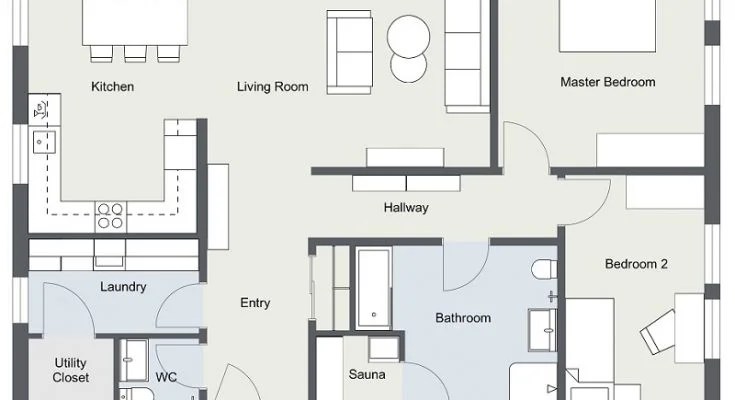
How To Find The Original Floor Plans For Your House

Archimple How To Find Floor Plans For My Apartment Unlocking The Blueprint Of Your Ideal Living Space

How To Find Floor Plans Blue Prints Of Your House

How To Search Floor Plan

How To Find Floor Plans Blue Prints Of Your House

The Finalized House Floor Plan Plus Some Random Plans And Ideas Addicted 2 Decorating

